The BRAWL² Tournament Challenge has been announced!
It starts May 12, and ends Oct 17. Let's see what you got!
https://polycount.com/discussion/237047/the-brawl²-tournament
It starts May 12, and ends Oct 17. Let's see what you got!
https://polycount.com/discussion/237047/the-brawl²-tournament
Best Of
Re: Stylized Stubby Flintlock Pistol (WIP)
And here's the final concept 
As it turns out, I stuck with the colours and pushed it further.
Next I plan to do some rough ref-sketches of different view angles and details, to provide guidance for the 3D and animation workflow.
Though, since this project will remain in the concept phase for now, I was wondering whether I should start a thread in the 2D section?
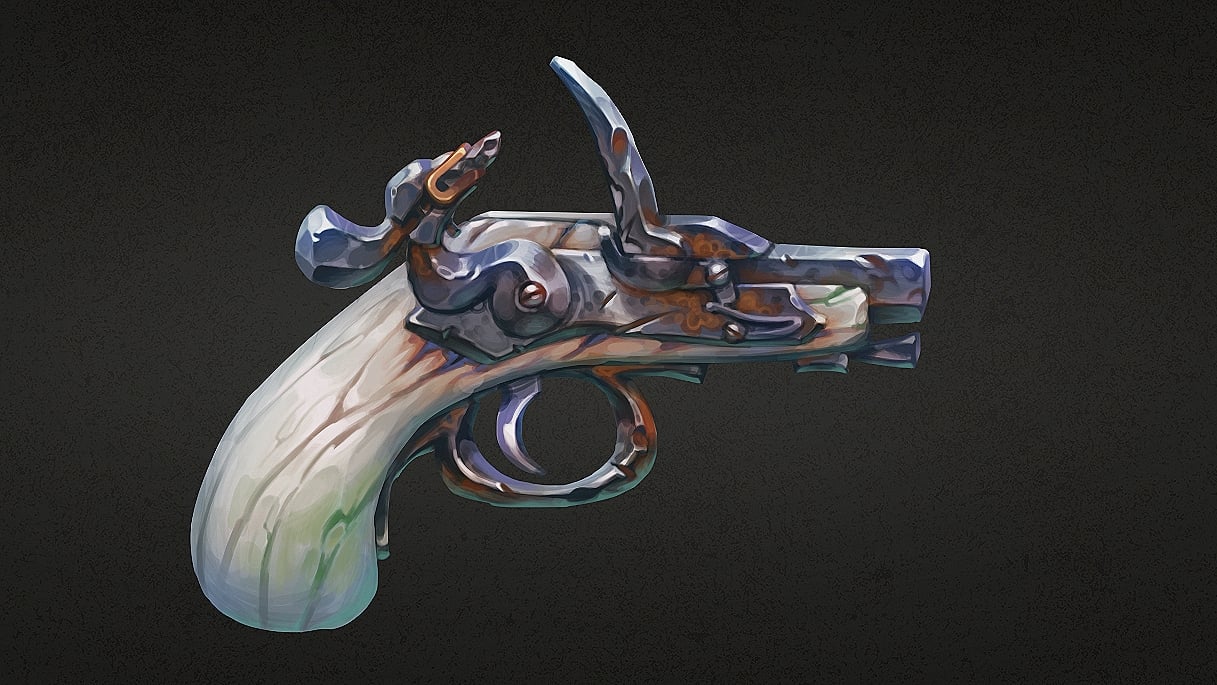
As it turns out, I stuck with the colours and pushed it further.
Next I plan to do some rough ref-sketches of different view angles and details, to provide guidance for the 3D and animation workflow.
Though, since this project will remain in the concept phase for now, I was wondering whether I should start a thread in the 2D section?

 domfiglhuber
domfiglhuber
4 ·
Re: How The F*#% Do I Model This? - Reply for help with specific shapes - (Post attempt before asking)
When seeing your 6th and 7th image (uneven ditributed cylinder and "teeth" faces because of "optimizing" face count ) somehow this post came into my mind :
https://polycount.com/discussion/comment/2742955/#Comment_2742955
You might simlpy not need that much faces one the circumference ? So adjust it to the "teeth" ??
https://polycount.com/discussion/comment/2742955/#Comment_2742955
You might simlpy not need that much faces one the circumference ? So adjust it to the "teeth" ??
 okidoki
okidoki
3 ·
Re: How The F*#% Do I Model This? - Reply for help with specific shapes - (Post attempt before asking)
All you need to do is not terminate the tris right on the edge of that back side. You could delete the back and re-extrude the same edges without terminating edge loops and fix it in less than a minute.
 ZacD
ZacD
3 ·
Re: [ZBrush] OVERHANGS WITH SMOOTH GROUP BRUSH/POLISH GROUPS
Now a client or lead comes and asks for changes and you do that again. A chamfer modifier (or shader) would remove the need for this process entirely, keep it a ton more lightweight and easy to edit
3 ·
Re: Sketchbook: Zetheros
New playable species and reclassification of existing species + average heights. Races fit in a 1x2x3 meter cube. Minimum and maximum player race heights established.
Abyssal_Swamp_F 135cm
Vampire_Arboreal_F 145cm
Infested_Fungal_F 175cm
Automaton_Bronze_F 155cm
Human_F 165cm
Vampire_Cavern_F 185cm
Abyssal_Ocean_F 195cm
Automaton_Iron_F 205cm
Infested_Blood_F 225cm
Abyssal_Swamp_M 130cm
Vampire_Arboreal_M 150cm
Infested_Fungal_M 160cm
Automaton_Bronze_M 170cm
Human_M 180cm
Vampire_Cavern_M 200cm
Abyssal_Ocean_M 210cm
Automaton_Iron_M 220cm
Infested_Blood_M 240cm
Initial concept of the male 'swamp abyssal', pushed silhouette + resizing for the male ocean abyssal.



Have a great week!
Abyssal_Swamp_F 135cm
Vampire_Arboreal_F 145cm
Infested_Fungal_F 175cm
Automaton_Bronze_F 155cm
Human_F 165cm
Vampire_Cavern_F 185cm
Abyssal_Ocean_F 195cm
Automaton_Iron_F 205cm
Infested_Blood_F 225cm
Abyssal_Swamp_M 130cm
Vampire_Arboreal_M 150cm
Infested_Fungal_M 160cm
Automaton_Bronze_M 170cm
Human_M 180cm
Vampire_Cavern_M 200cm
Abyssal_Ocean_M 210cm
Automaton_Iron_M 220cm
Infested_Blood_M 240cm
Initial concept of the male 'swamp abyssal', pushed silhouette + resizing for the male ocean abyssal.



Have a great week!
 zetheros
zetheros
3 ·
Re: What Are You Working On? (3D) 2025
Hey Everyone,
Over the past few months, I’ve been working on completing this piece, and I’m really happy with how he turned out.
Made with Maya, Zbrush, Substance painter and rendered in Marmoset Toolbag.
Artstation: https://www.artstation.com/artwork/Ov6Pby
Reel: https://www.instagram.com/reel/DSGCRiXEetd/
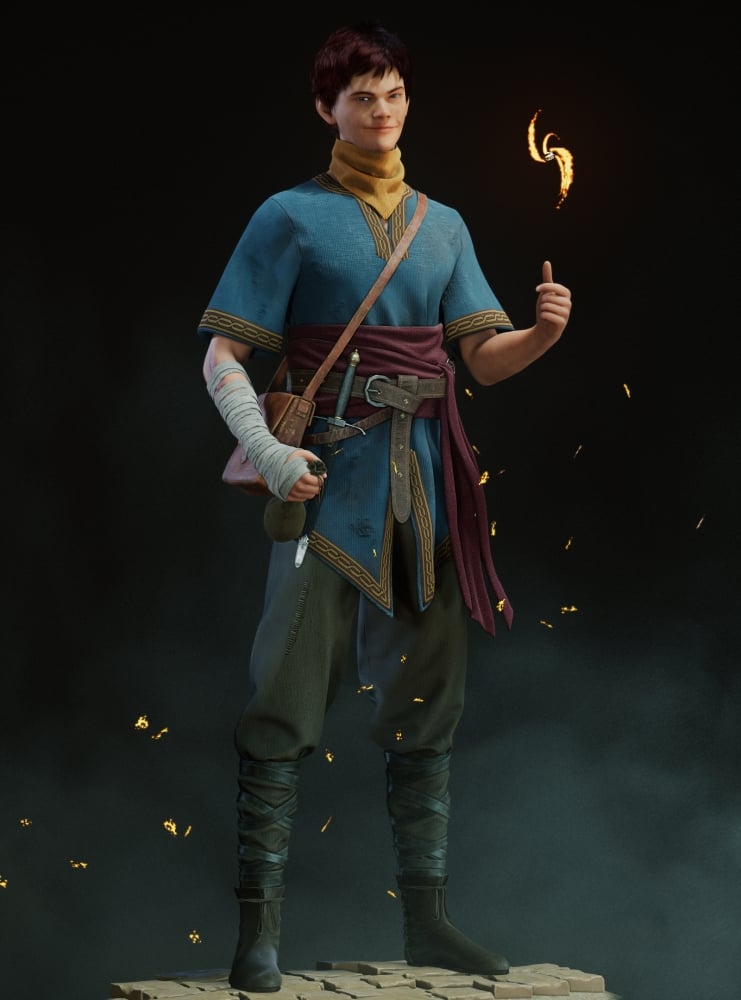
Over the past few months, I’ve been working on completing this piece, and I’m really happy with how he turned out.
Made with Maya, Zbrush, Substance painter and rendered in Marmoset Toolbag.
Artstation: https://www.artstation.com/artwork/Ov6Pby
Reel: https://www.instagram.com/reel/DSGCRiXEetd/

 mooncole
mooncole
4 ·
Re: What Are You Working On? (3D) 2025
call the cops -quite a bit more to do, will add the patterns and text on the tyre side walls and fix the rear lights
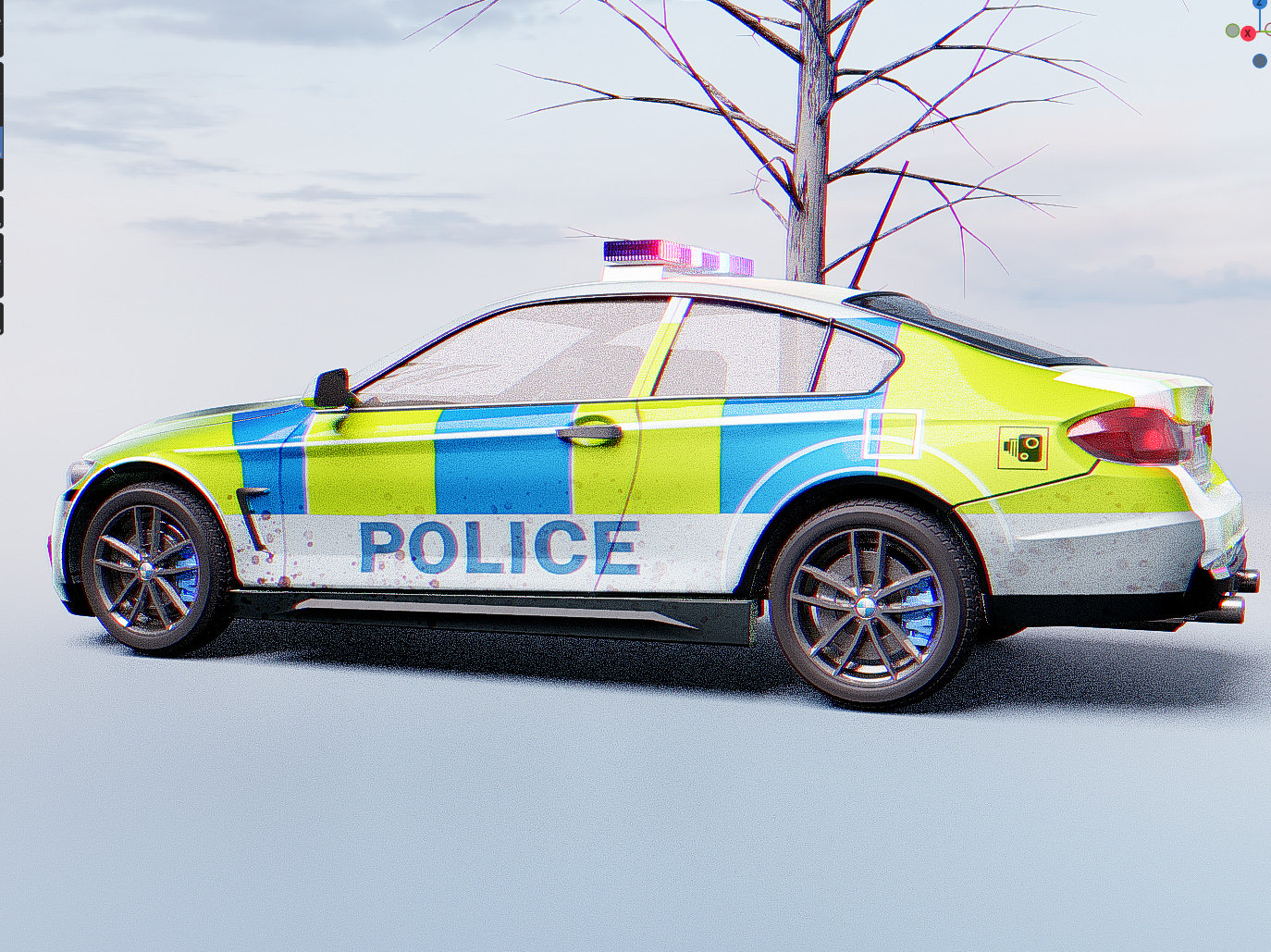

 Ruz
Ruz
3 ·
Re: What Are You Working On? (3D) 2025
Sheen could work well. It adds this kind of brightening at glancing angles:
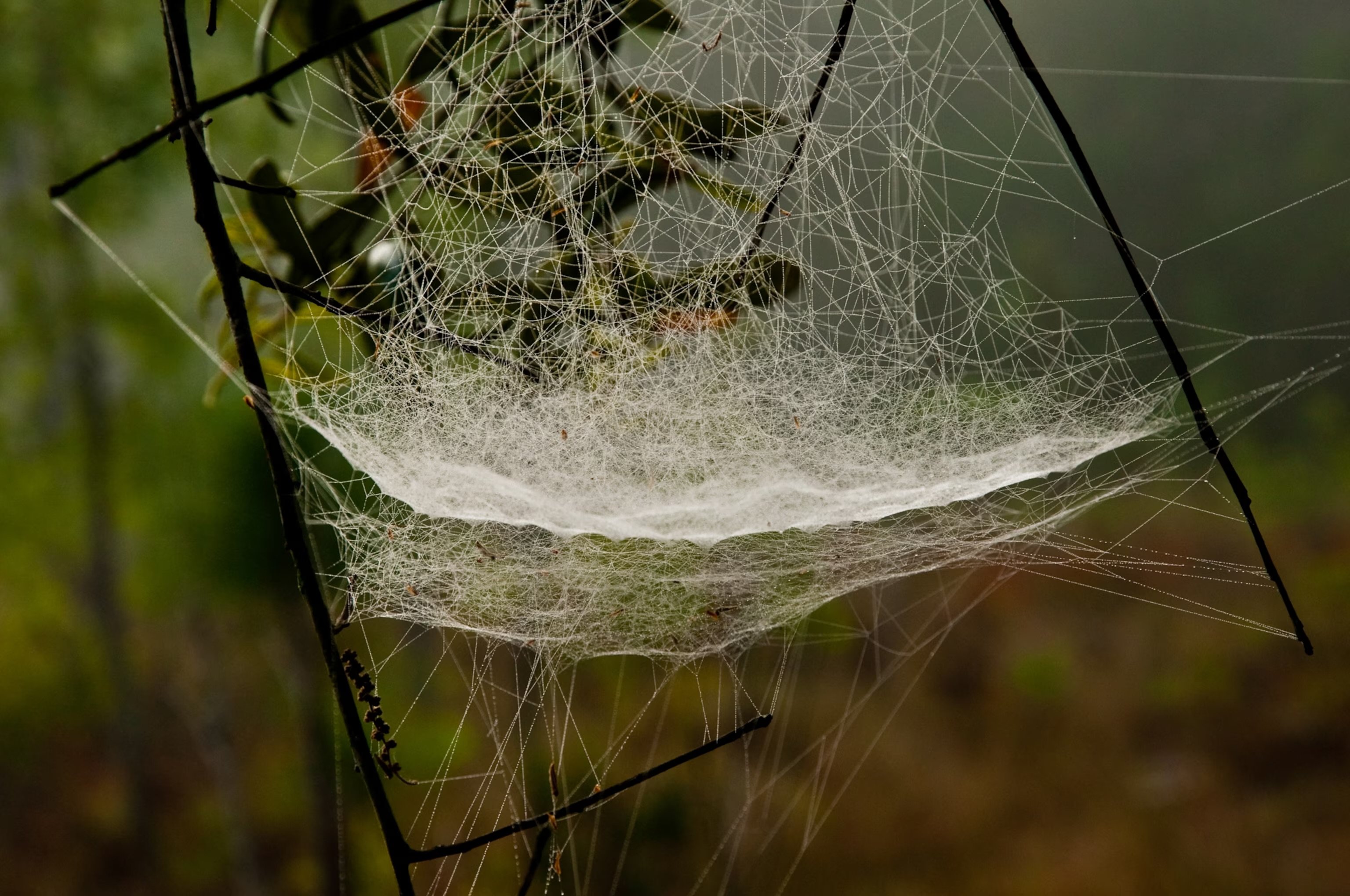

 Eric Chadwick
Eric Chadwick
4 ·
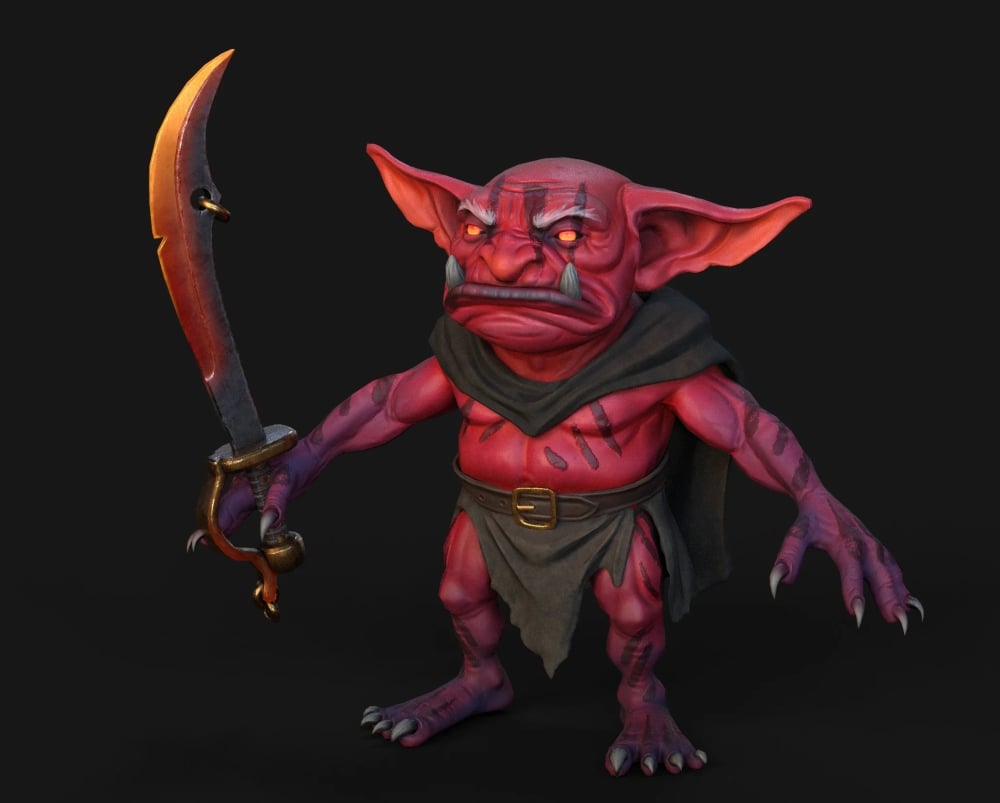
 https://www.youtube.com/watch?v=iLERt5ZkpQ4
https://www.youtube.com/watch?v=iLERt5ZkpQ4